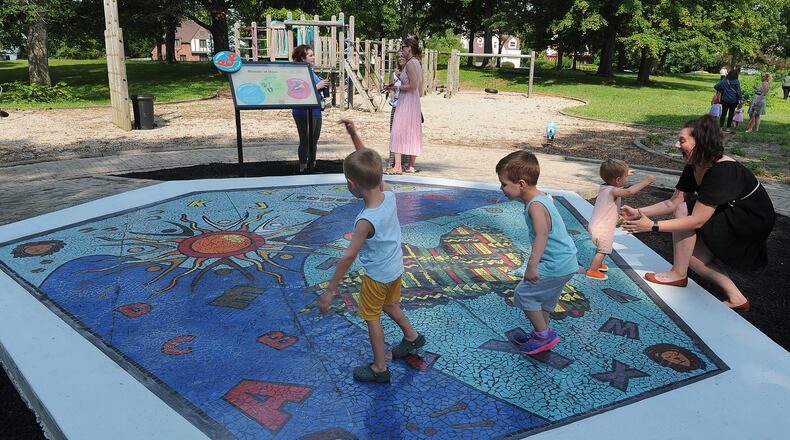The Miami Valley Regional Planning Commission produced the Health Environment Assessment to give people an easy way to go online, sort through data, and see the Miami Valley’s current conditions using interactive maps and infographics. It is available on the group’s website at mvrpc.org.
The assessment looked at 23 different indicators in five categories: economics, education, social and community, health care, and neighborhoods. The map can be used to show differences around the region with the different data points.
Martin Kim, the commission’s director of regional and community planning, said these factors matter for understanding health, because only 20% of health is determined by clinical care, while the rest of the 80% is attributed to social, economic, health behaviors, and physical environment.
“So health experts said in order to have a healthy community and healthy people with improved health outcomes, you not only invest in the clinical care, but you also have to provide an appropriate environment for the general public,” Kim said.
Kim said the commission’s goal is for the online assessment to be used by residents who want to learn more about health, and also by policy makers and decision-makers.
The Miami Valley Regional Planning Commission is responsible for transportation planning in Greene, Miami and Montgomery Counties and parts of northern Warren County, as well as regional and environmental planning in the broader region. Since the regional planning commission helps coordinate transportation funding and other projects, Kim said the group also wants this information used by other planners to make decisions.
The assessment is part of the multi-year PLAN4Health – Miami Valley Initiative, to explore how city planning and infrastructure planning can impact health outcomes.
Some examples of the data and findings in the assessment include:
- Regionally, about 47% of 3- and 4-year-olds are enrolled in a preschool program. This is higher than Ohio’s rate of 45% but lower than the national rate of 54%. Rural counties have the lower rates of enrollment.
- Regionally, about 1 in 14 households is a single-parent household. While this is lower than the national average, the number of single-parent households have been increasing. Since 2000, the number of single-parent households in the Miami Valley has doubled.
- Across the region, nearly 3 out of 4 eligible voters participated in the 2020 election. The Miami Valley had a higher participation rate than both the state and nation.
- On average, 1 in 10 houses in the region is vacant. Housing vacancy rates in the region have increased by 3.2% since 2000, and vary by county and neighborhood.
About the Author

